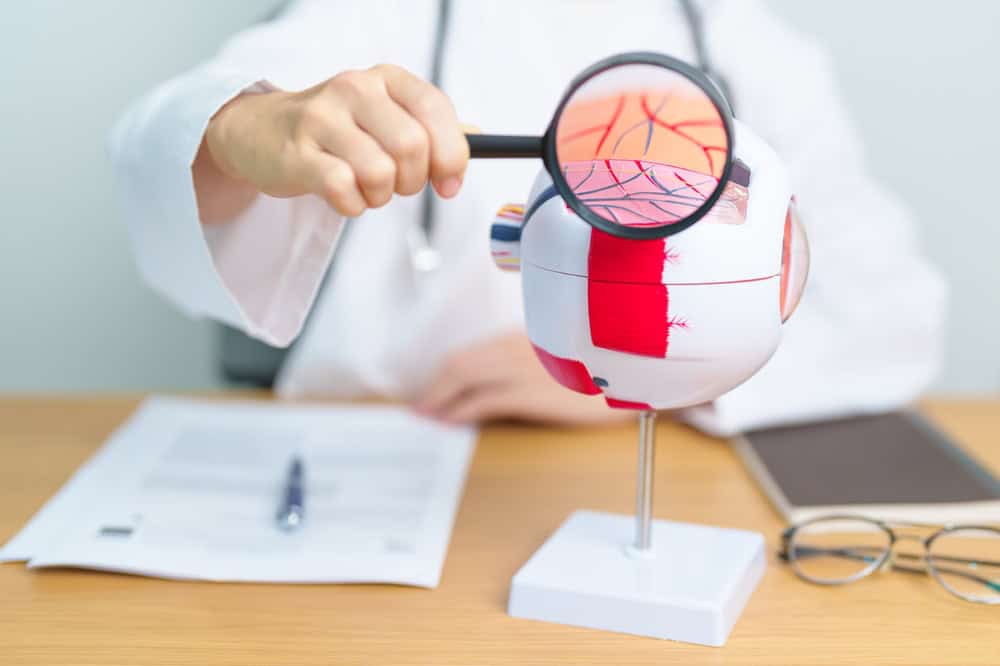How Are Wet and Dry Macular Degeneration Different?

Millions of Americans over 40 are living with age-related macular degeneration (AMD), but unfortunately, many don’t understand the most important information about their disease.
Here at Tres Vision Group, we’re dedicated to educating, explaining, and encouraging our patients to get the care they need to preserve their vision and eye health.
In this blog, our dedicated team explains wet and dry AMD and how they differ.
The Details on Dry Macular Degeneration
About 80-90% of people with AMD have dry AMD. This happens because the macula—the tiny round area in the retina’s middle—thins out as you age.
Macular thinning happens because tiny protein clumps called drusen form under the retina. The drusen disrupts retinal cells, eventually causing vision problems.
Dry AMD usually doesn’t cause symptoms in its early stage. Even as dry AMD progresses to intermediate; you might not have symptoms. However, some people experience:
- Blurry near vision
- Decreased central vision
- Difficulty seeing in low lighting
- Blank or blurry area in your central vision
- Colors look faded
In late-stage dry AMD, you may have all the symptoms above and straight lines may appear curved.
Regularly scheduled comprehensive eye exams are the key to diagnosing dry AMD early. This can help prevent its progression. Dry AMD (any stage) can advance to wet AMD, the more severe type of the disease.
What to Know About Wet Macular Degeneration
Wet AMD happens when fragile new blood vessels develop beneath the retina. Because they’re so delicate, they’re prone to leaking blood and fluid, damaging the macula.
Symptoms of wet AMD can include:
- Dark spots in your central vision
- Rapid and severe central vision loss
- Straight lines appear curved
Wet macular degeneration can develop quickly and requires immediate attention.
Diagnosed With AMD? We Can Help You Keep Your Vision.
Managing macular degeneration involves regular eye exams and a healthy lifestyle to slow its progression.
Taking a specific combination of supplements (zeaxanthin, lutein, vitamin C, vitamin E, zinc, and copper) can help slow dry AMD down and help preserve central vision, even in the late stage, according to two major medical studies and a recent data analysis. We offer pharmaceutical-grade supplements from EyePromise to help you manage your dry AMD.
Acting fast is essential for wet macular degeneration. We offer advanced diagnostic tools and the most effective injections to help manage wet AMD. Avastin, Eyelea, and Beovu block a specific protein that causes unhealthy blood vessels to form. This, in turn, can reduce leakage and eye damage.
Most patients have these eye injections every month or two to effectively manage wet AMD.
Expert AMD Care in Melbourne
We offer comprehensive, compassionate AMD care in Melbourne, Merritt Island, and Suntree. Call us at (321) 984-3200 or reach out online to start protecting your vision today.
